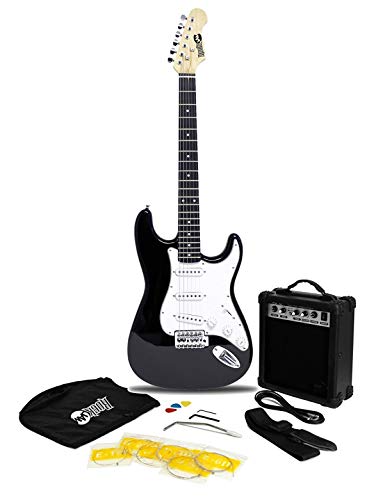The Basics of Electric Guitar Chords
Learning the basics of electric guitar chords is essential for any beginner guitarist. Chords are the building blocks of most songs and can be played in various positions on the guitar neck. Here are the most common electric guitar chords you should master.
Open Chords
Open chords are usually the first type of chords beginners learn on electric guitar. They are played using open strings and fretted notes on the first three frets of the guitar neck. The most common open chords are C, A, G, E, and D. These chords can be played in various positions on the neck to create different sounds and effects.
Barre Chords
Barre chords are a bit more challenging to play than open chords but are essential for any intermediate player. They are called barre chords because you need to use your index finger to press down all the strings on a particular fret while fretting other notes with your other fingers. The most common barre chords are the E and A-shaped ones, which can be moved up and down the neck to create different chords.
Power Chords
Power chords are commonly used in rock and metal music and are easy to play because they involve only two or three notes. They are played using the first and fifth (and sometimes sixth) degrees of the major scale and can be moved up and down the neck for different sounds. The most common power chords are E5, A5, D5, G5, and C5.
Movable Chord Shapes
Movable chord shapes are essential for expanding your chord vocabulary and playing more complex chords. They involve fretting a chord shape in one position on the neck and moving it up or down to create different chords. The most common movable chord shapes are major, minor, and seventh chords.
The Importance of Practicing Chords
Practicing chords regularly can help you improve your finger dexterity, chord transitions, and overall playing ability. It’s important to practice chords in different positions on the neck and to practice playing them cleanly and smoothly. With time and practice, you can expand your chord vocabulary and improve your guitar playing skills.






